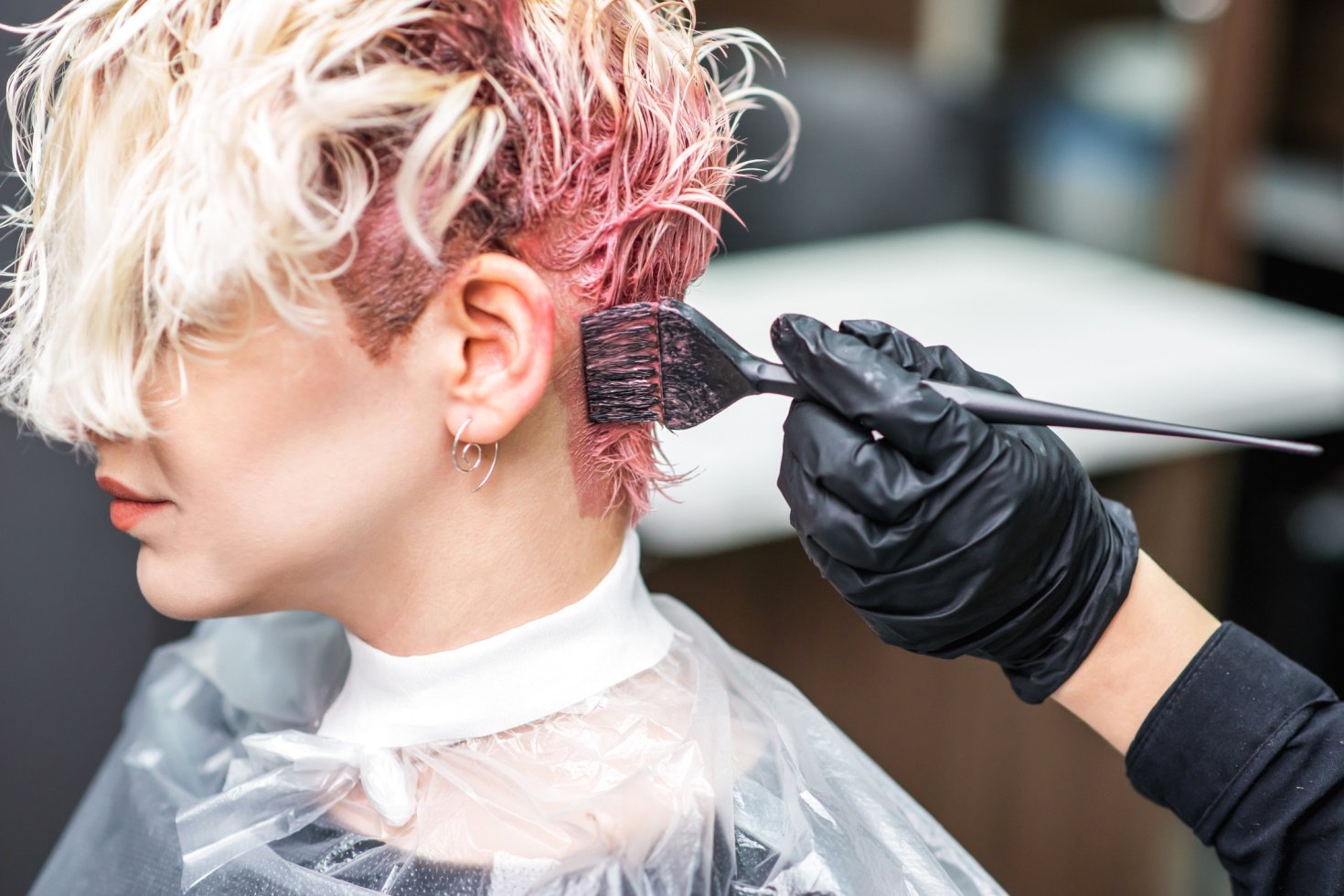Salon • Perspective
The ISBN Comeback: Post-COVID Retention, Scheduling, and Marketing for Salons

By Shanalie Wijesinghe . Jul.29.2022
Share Article
Boulevard CEO Matt Danna provides data-driven insight into salon trends at the latest ISBN event
At this year’s International SalonSpa Business Network (ISBN) Comeback conference, Boulevard co-founder and CEO Matt Danna met with other panelists to discuss how the effects of the COVID-19 pandemic, technology, and other trends will shape the beauty industry over the coming years. Read on to see what Matt had to say about how data enables salons to manage staff retention and improve client relationships and average lifetime value in a post-COVID economy.
What does stylist retention look like in a post-COVID landscape?
While salons have been able to recover a significant percentage of staff since the start of the COVID-19 pandemic, the data shows that there’s still a 10% gap between pre- and post-COVID staffing levels.
“We uncovered that the labor shortage is real,” said Matt. “Previously, the average number of stylists per salon was around 11 — now it’s down to nine.”
While this may cause alarm, the data shows that productivity levels have exceeded the employment gap.
“Before COVID, the average productivity per stylist was just under 60%,” Matt said. “Now, we’ve found that the average stylist operates at over 70% productivity. Salons can do more with less, which is great to see.”
How has technology strengthened and supported the client experience?
COVID-19 hasn’t just changed the stylist relationship with the salon industry — it’s also affected client behavior, and technology has assisted salons in ensuring their operation runs smoothly.
For example, pre-booking has become much more critical to keeping stylist schedules full. “Before COVID, we saw that stylists booked around 70% of appointments within 48 hours of the appointment,” said Matt. With the decreased staff numbers and the overall increase in bookings, stylists now rely far more heavily on pre-booking.
Examining booking software data becomes immensely helpful in this situation. If stylists see a lot of cancellations or ghosted appointments, they may need to reevaluate their approach to pre-booking. “When the front desk is wondering, ‘Should we put time on the calendar for four weeks from now for a new customer,’ there needs to be a high level of interest,” Matt said. “You can’t just use pre-booking to hold a time on the calendar because cancellations end up ruining revenue.”
It may run counter to how the salon was previously managing appointments, but if there’s a high likelihood that the customer isn’t going to show up — or even if they’re likely to change the appointment time — go with your gut and avoid pre-booking the appointment. Use soft skills to guide new clients toward locking in firm dates to avoid cancellations that create awkward time gaps in the calendar. If stylists do end up pre-booking the client, follow up ahead of time to ensure interest.
“I think many things are changing and moving in the industry,” Matt said. “We must look at the truths this industry has held for a long time and re-evaluate those constantly, then validate with data.“
How can we properly measure ROI as it pertains to marketing tactics? What's the right way to measure our digital marketing spend?
Matt talked about two ways salons can effectively market services to maximize ROI.
Track customer acquisition channels: Managing a presence on Google Ratings, Yelp, and Instagram is important, but it’s only half the battle — those channels also need to be tracked to ensure marketing efforts are effective.
“When a new customer is coming in to book, you need to find out what the source of that customer visit was,” Matt said. “Did they come from an ad? Were they a referral? Was it someone a stylist brought in? Track all of that information and log it on the client profile.”
Once you’ve collected enough information, determine which channels are bringing in the most clients and which are bringing in clients with the highest average lifetime value (ALV). That will help determine which channels are worth investing in. “Whatever channels you’re advertising on are probably not the right channels, or at least not at the right spend,” Matt explained. “You need to understand your channel mix and the different sources you’re getting your customers from. That’s the most important factor in determining ROI. ”
Drive ALV higher over time: “I’m a big fan of ‘land and expand,’” Matt said. This approach involves landing the client with an initial appointment, getting them back into the salon for another service during re-booking, then expanding the value of that client over time. This approach not only brings in increased client revenue but also deepens those relationships, ensuring they’ll continue to come back.
Maximizing ROI involves taking in all the data at your disposal and looking at the big picture. “Look at marketing holistically and understand your channel breakdown,” Matt said, “That will give you the best return on your digital market spend.”
Recruit and retain the right people
Recruiting is becoming one of the salon's most significant challenges in the 21st century, as stylists seek out an increased sense of ownership in work with an emphasis on self-care. Knowing how to find and empower the right team will give your salon the edge it needs to stay ahead of the competition.
Looking to find easy avenues to grow revenue at your business? We got you: Download the Ultimate Growth Playbook for Beauty Businesses
Sign up for weekly blog updates.
